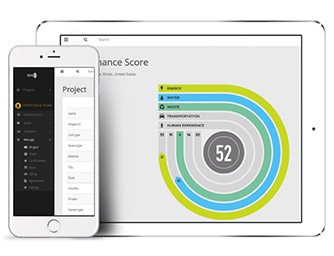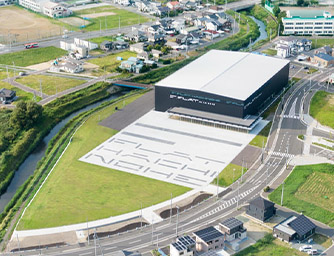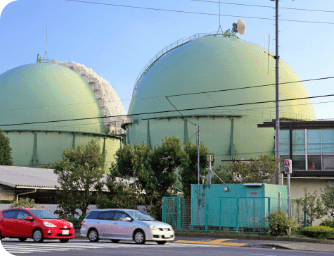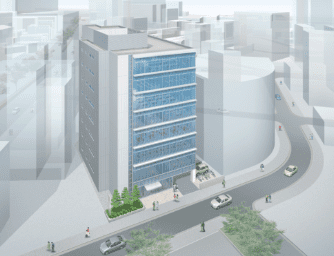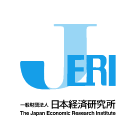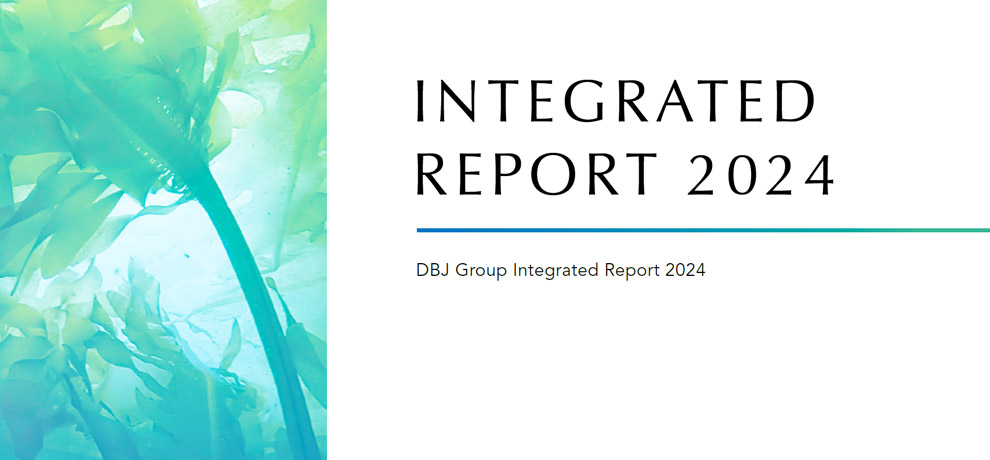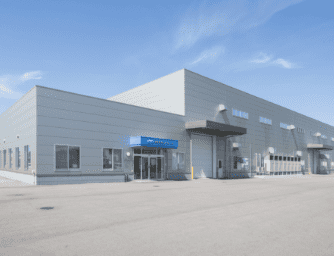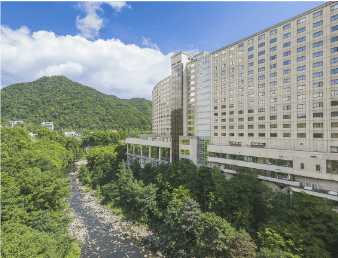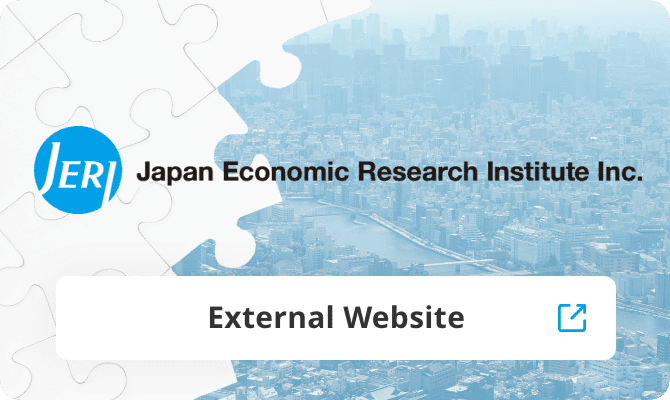Public Asset Management
About Public Asset Management
Public asset management is a comprehensive method to plan, manage, use, and dispose of all public assets owned by local governments from a management perspective. Public assets owned by local governments are extensive and diverse, ranging from buildings such as schools, public offices, and community centers to waterworks and sewer systems. In recent years, a major issue has been a mismatch between facility supplies and functions, and the needs of residents due to a rapid deterioration of public assets established mainly during Japan’s era of economic growth, population decline, and change in population demographics. Amid this backdrop, local governments, in accordance with requests by the national government, are implementing public asset management based on comprehensive management plans, including for public facilities, and individual facility plans. The comprehensive plan maps out the comprehensive and systematic management of public assets (including infrastructure) owned by the local government, corresponding to actual conditions in the region. Meanwhile, individual facility plans stipulate specific policies (priority of measures, details, implementation schedule, etc.) for each individual facility. Each local government is required to implement sustainable urban management from a long-term perspective based on these plans.
DBJ is working with Japan Economic Research Institute, a comprehensive think tank that mainly conducts research and consulting within the DBJ Group. We engage in activities that include the review of comprehensive management plans, support for the establishment of individual facility plans, and support for the introduction of PPP/PFI for specific business reorganization.
Conceptual diagram

Related information
- Service
- Medium- to Long-Term Loans
- Structured Finance
- Asset Financing (Real Estate)
- Syndicated Loans
- Asset-Based Lending (ABL)
- Debtor-in-Possession Financing
- Crisis Response Operations
- Mezzanine Financing
- LBOs / MBOs
- Equity
- Collaborative Fund Operations
- Special Investment Operations
- DBJ Certification Programs
- DBJ Sustainability Linked Loans with Engagement Dialogue
- DBJ Green Building Certification
- The DBJ Visionary Hospital Program
- Regional Emergency Response Program
- M&A Advisory Services
- Support for Startups
- Support for Innovation
- Public Asset Management
- Asset Management

